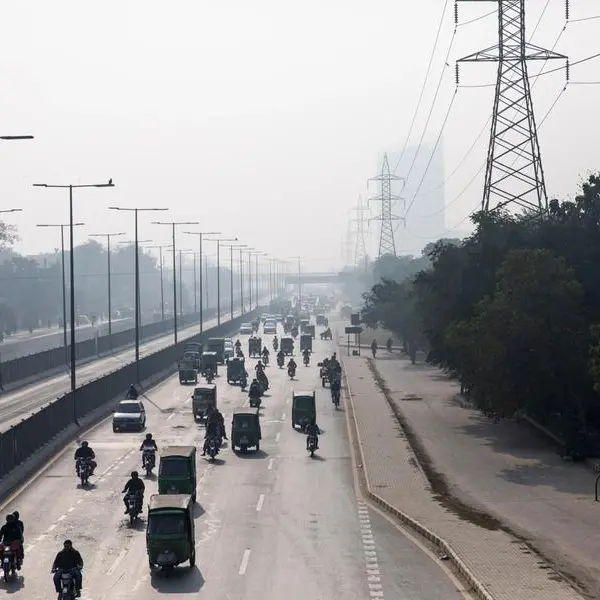PHOTO
As the UAE transitions from spring to summer, temperatures are on the rise, signalling warmer days ahead. This period is characterised by swift fluctuations in atmospheric pressure, typical of the early stages of spring. Experts advise residents to expect sudden changes in weather conditions and to prepare accordingly.
Explaining this phenomenon, Dr Ahmed Habib, a climate expert from the National Centre of Meteorology (NCM), told Khaleej Times, "During this month, the influence of the Siberian high-pressure system weakens. Instead, the region experiences the passage of extensions of low-pressure systems at both upper and surface levels, moving from west to east."
It is explained that these conditions may include extensions, such as troughs from the east. If these depressions intensify, they could result in heightened cloud cover in specific regions, potentially increasing the likelihood of rainfall.
Summer solstice
During the transition period, the sun's position will progressively ascend throughout the afternoon in the UAE and the broader Northern Hemisphere, culminating near June 21 during the summer solstice.
Habib added, "Summer is anticipated to start approximately on June 22 or 23, leading to a gradual rise in temperature over the subsequent days and weeks."
The summer solstice signals the commencement of astronomical summer and signifies the year's longest day. This event occurs when either of Earth's poles is tilted most directly toward the sun, occurring twice annually due to Earth's axial tilt.
In June, the Northern Hemisphere observes the summer solstice (while the Southern Hemisphere experiences the winter solstice). Conversely, in December, the Southern Hemisphere celebrates the summer solstice (while the Northern Hemisphere experiences the winter solstice).
Three to five degrees higher
"The observable progression of the sun's movement continues its northward path towards the Cancer orbit, resulting in a gradual increase in daylight hours in the northern hemisphere. Concurrently, air temperatures also rise gradually across most regions of the country, with mean temperatures increasing by three to five degrees compared to March," he added.
Humidity decreases slightly during April compared to March, especially during the second half of the month.
There are also chances of fog and mist formation during the first half of the month over scattered parts of the country, but this frequency will decrease during the second half of April.
He added, "Last year, I observed that the recorded temperature was not as high as in previous years. However, the humidity levels were notably high throughout the year, persisting for an extended period. Consequently, despite the sensation of increased temperatures, the actual recorded temperatures were not exceptionally high."
It's explained during the upcoming weekend, and the following days, humidity is expected to persist in certain inland and coastal regions, particularly in the Northern areas, accompanied by a chance of partly cloudy to fair weather.
"Whenever we observe favourable cloud formations, we initiate cloud seeding operations, which are conducted at any time of the day or night…it is 24/7. The aircraft and pilots are always on standby for this purpose," added the veteran meteorologist.
Copyright © 2022 Khaleej Times. All Rights Reserved. Provided by SyndiGate Media Inc. (Syndigate.info).























